New Updates to our SSURGO (Soil Survey) Dashboard!
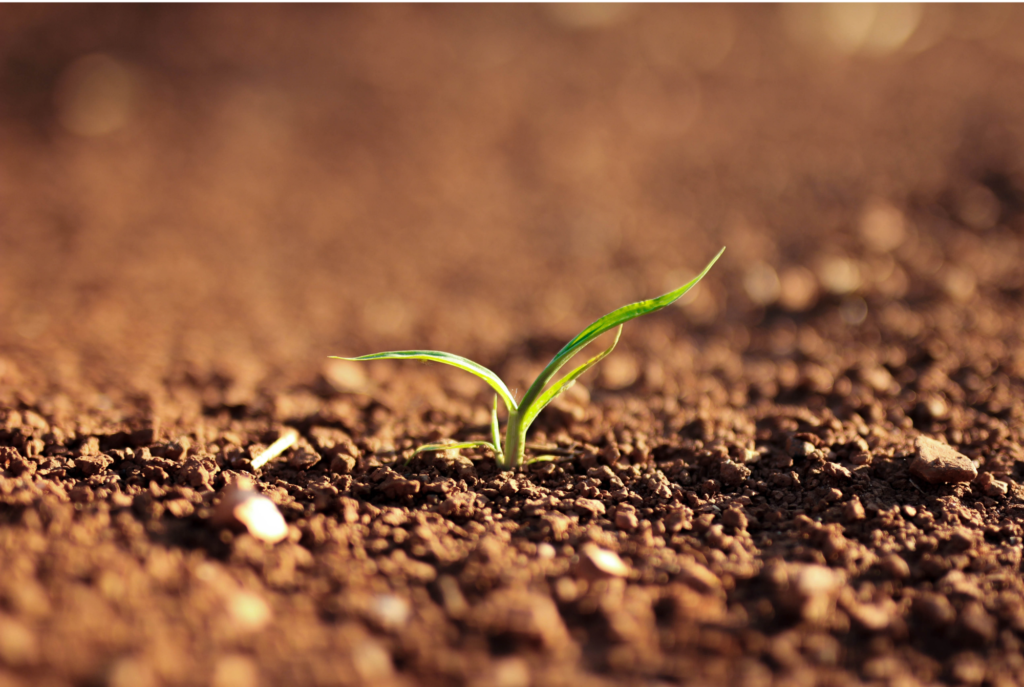
We have compiled and uploaded the most recent data from the 2021 Soil Survey Geographic Database (SSURGO) into our “Soil Capability on CONUS Native Lands” Dashboard! According to the Natural Resources Conservation Service (NRCS), The SSURGO database provides the most detailed level of information and was designed primarily for farm and ranch, landowner/user, township, county, […]
Announcing Our New “Preserving Intact Habitat on Native Lands” Storymap!

What is intact habitat, and why is it important? How has preserving intact habitat been the key to addressing tribal priorities? What resource tools exist for tribes to utilize in their own intact habitat planning? To help answer these questions and more, NLAP is happy to announce our new storymap, Preserving Intact Habitat on US […]
Announcing New Updates to Our National Land Cover Database Dashboard!
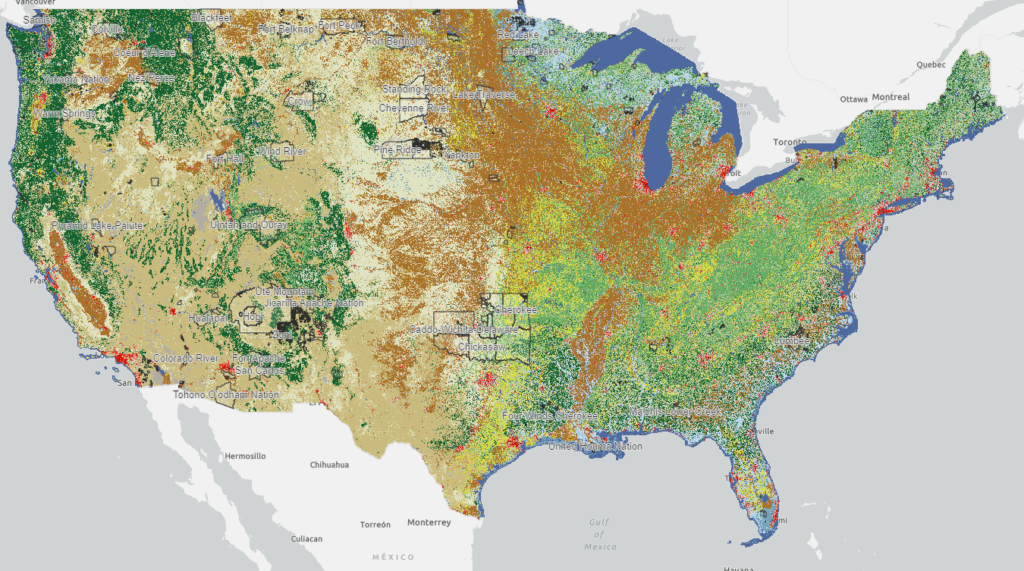
By Raven McMullin // April 18, 2022 NLAP remains committed to making available to Tribes, Native organizations, and land caretakers the most relevant and current data critical for Native land planning and research. In furtherance of this commitment, we are excited to announce new updates to our National Land Cover Database Dashboard (NLCD) along with a […]
New Tool for Native Land Caretakers: The Rangeland Analysis Platform (RAP)
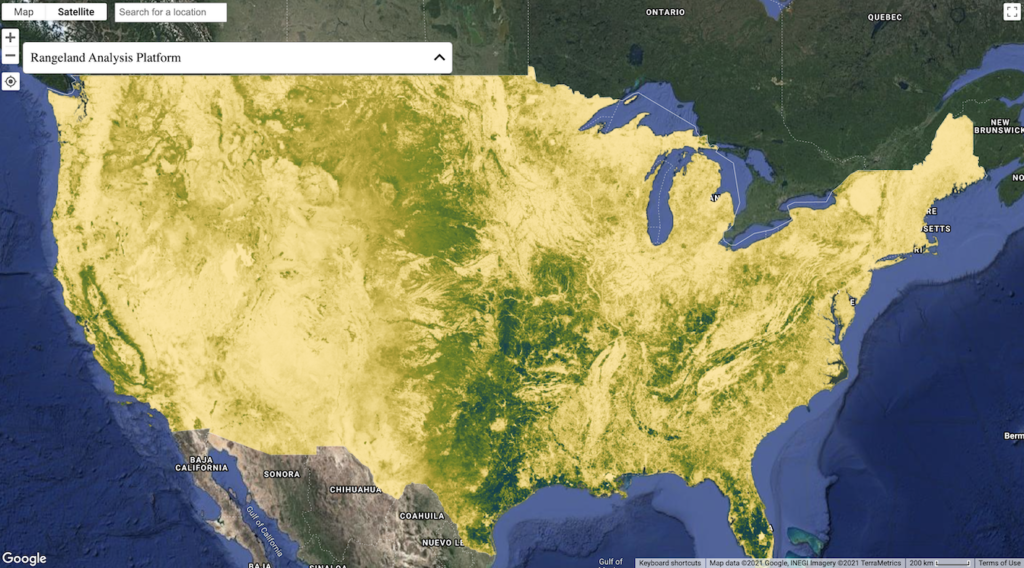
According to the NLIS’s National Land Cover Database dashboard, in 2019, there were approximately 26 million acres of rangeland within Native American reservations and off-reservation trust lands. Now, say that you are a Tribal natural resource manager, an established rancher, or land owner—it is no secret that adequately monitoring this vast land base, whether owner-managed […]
From Land-Grant to #LandBack: A Story of Loss and Resilience

Land-grant universities were funded through the cession (by treaty, unratified treaty, or seizure without treaty) and subsequent sale of Native lands, which had far-reaching impacts on the 245 tribes and bands affected.
Completing the Narrative: Cheyenne River Sioux Tribe’s Policy Change Promotes Expansion of Native Agriculture Producers
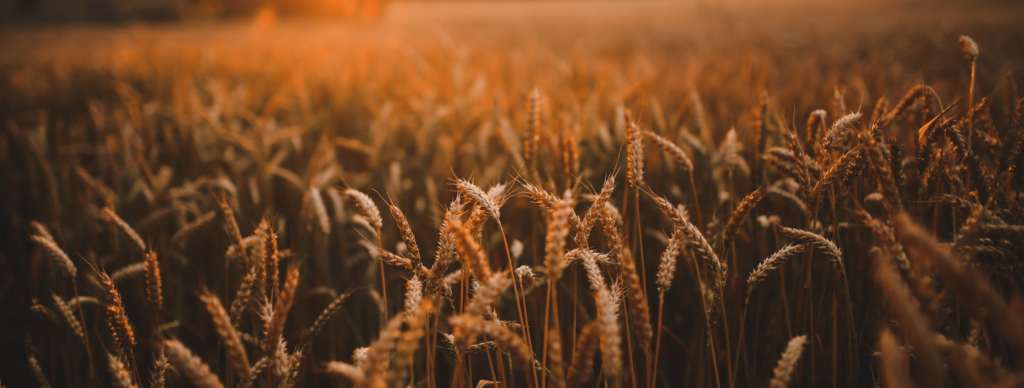
By Raven McMullin Since the inception of the Native Lands Advocacy Project (NLAP), we have been committed to compiling publicly available datasets for the purpose of gaining a fuller understanding of Native American agriculture nationwide—and, more importantly, to compile a comprehensive data source for Native communities to utilize in the protection of their homelands. In […]
Use of Chemicals for Croplands on Native Lands by Non-Natives Considerably More Than Use by Natives

By Evelyn Red Lodge Sicangu Lakota (Rosebud Sioux Tribe Member) Given history, it is not surprising that non-Natives collect 87% of the agricultural revenue from federally recognized Native reservation lands. What is surprising is that even though Natives operate 49.29% of cropland farms on these reservation lands, 92% of all chemicals purchased for reservation cropland operations […]
NLAP Presents Lost Agriculture Revenue Database to Oceti Sakowin Titunwan Lakota Oyate Treaty Conference – 12/16/2021
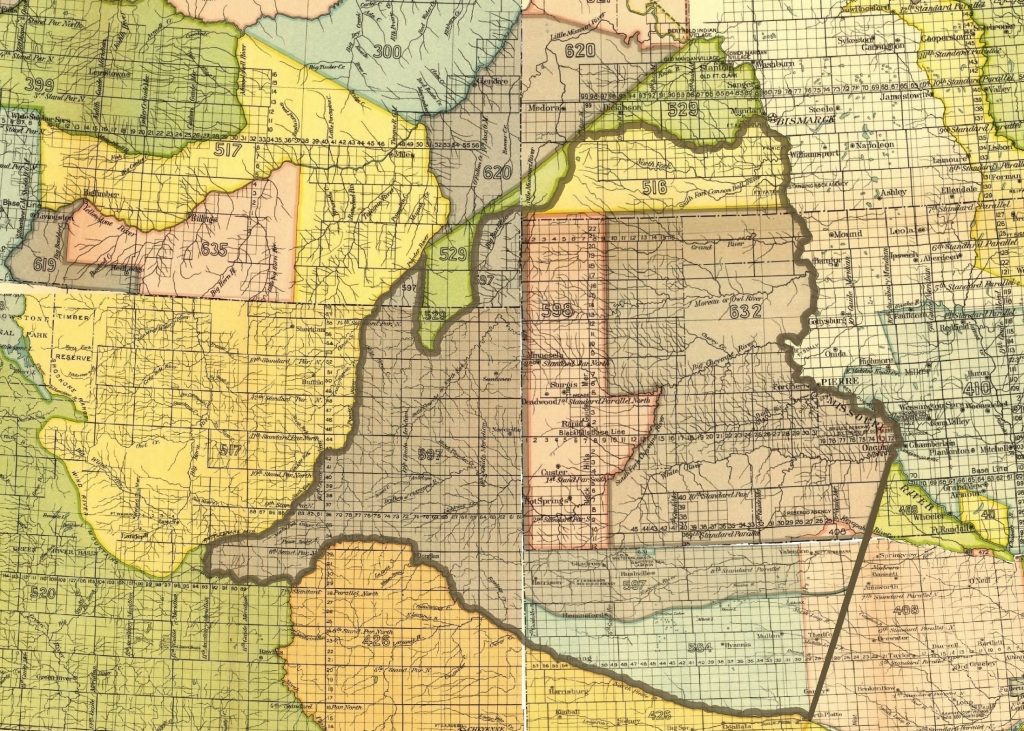
David Bartecchi, Director of Village Earth and its Native Lands Advocacy Project (NLAP), had the honor to present the project’s Lost Agriculture Revenue Database (LARD) at the 3rd Annual Oceti Sakowin Titunwan Lakota Oyate Treaty Conference, December 14-16 in Rapid City, South Dakota. The conference was hosted in partnership with the International Indian Treaty Council […]
Key Biodiversity Areas: A Tool for Tribal Climate Planning?

By Aude K. Chesnais “At a time where climate planning becomes urgent and global attention is increasing on the ecological value of land, Native Peoples’ land stewardship practices may well gain in recognition, which could strengthen tribal sovereignty in the US” Today, Indigenous peoples manage 80% of the world’s biodiversity, yet they receive only 0.74% […]
How Much Discriminatory Lending Practices Impact Agricultural Revenue on US Native Land
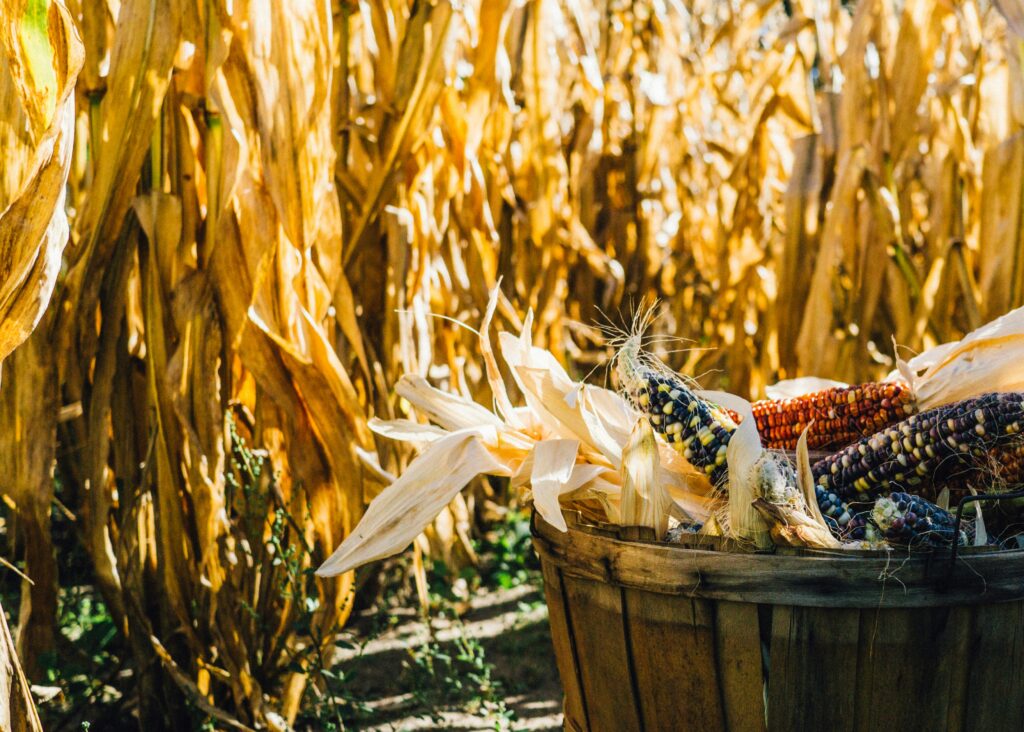
By Aude K. Chesnais Introduction: Lending and Debt on US Native Land In 2018, the Keepseagle settlement shed light on widespread lending discrimination across the native agricultural landscape. Native Americans sued the US Department of Agriculture in an attempt to settle historical lending discrimination, which resulted in a 720 million dollar settlement, split between individual […]
Bison Numbers Increase a Whopping 1031% on Native Lands!
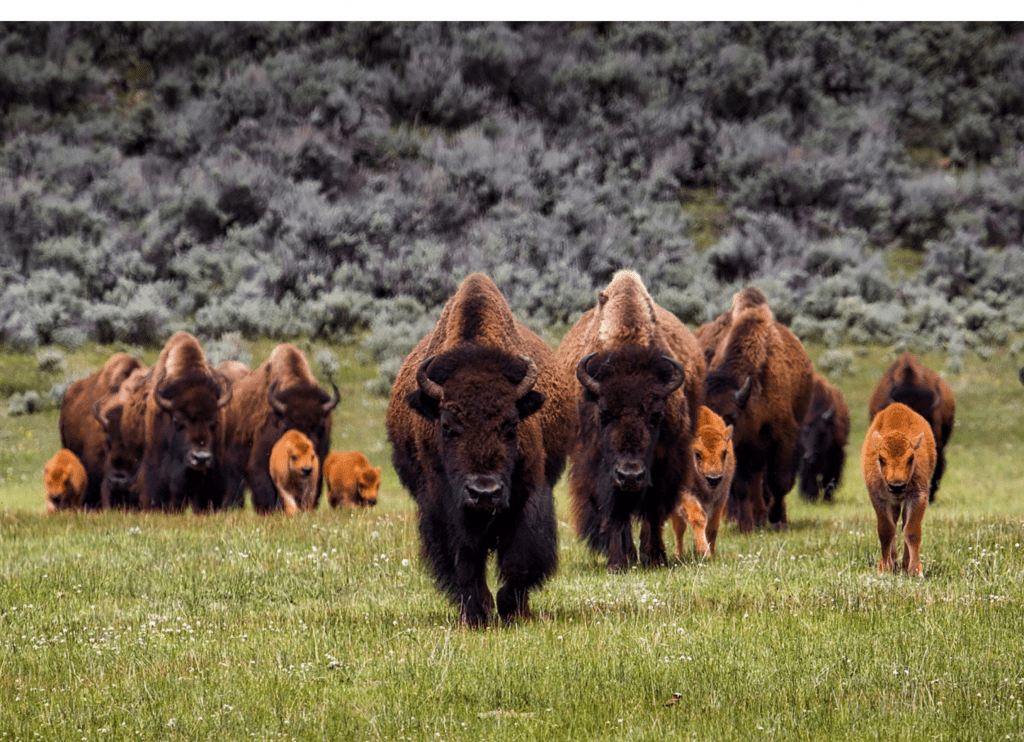
Between 2012 and 2017, bison numbers have significantly increased on Native lands. What factors have contributed to this major increase, and how does this fit within the larger historical context of American bison?
Non-Natives Control Majority of Harvested Cropland on Native American Reservations
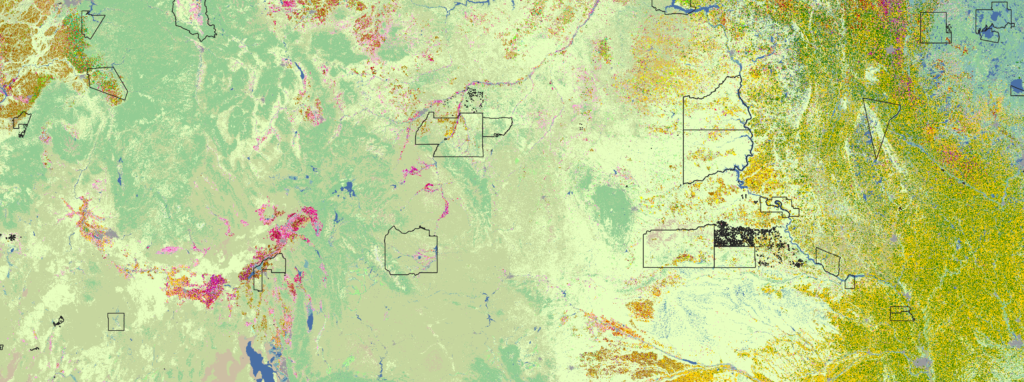
According to the most recent 2017 data from the USDA Census of Agriculture for American Indian Reservations 86.33% of harvested cropland on American Indian Reservations is operated by non-natives. In total, this amounts to 3.3 million acres of land operated by non-natives compared to only 532 thousand acres operated by Native Americans (see chart below). […]
